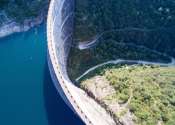Human activities appear to drive insect declines in Europe
A review of 82 previously published studies of two major groups of insect species underscores reported declines in insect populations in Europe, and links these declines to human activities that influence insect habitats.









